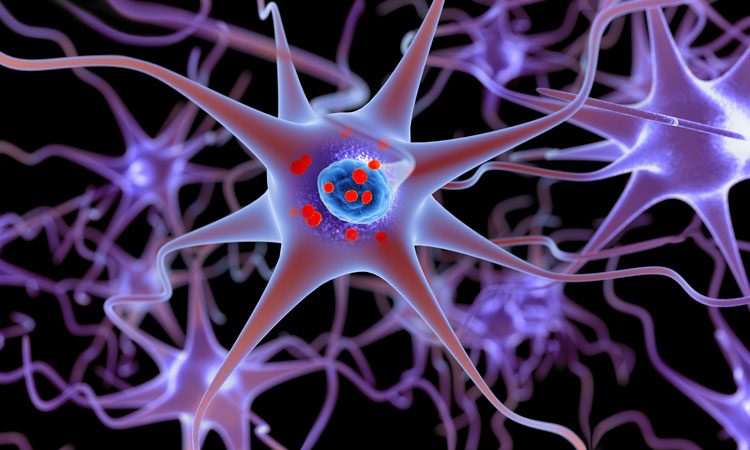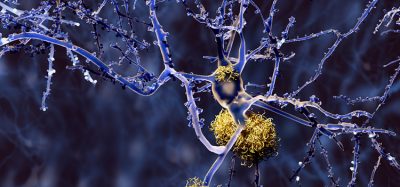Targeting GBA gene variants for treating Parkinson’s disease
Posted: 30 January 2024 | Drug Target Review | No comments yet
A new project plans to elucidate the relationship between the glucosylceramidase beta gene and Parkinson’s disease.


A project dedicated to accelerating research on genetic risk factors associated with Parkinson’s disease (PD), specifically targeting the role of variants in the glucosylceramidase beta (GBA) gene, has been announced by CENTOGENE, a leader in the field of genetic diagnostics for rare diseases, and The Michael J. Fox Foundation for Parkinson’s Research (MJFF), a non-profit organisation aiming to find a cure for PD. Their findings may offer possible biological pathways for the development of effective therapies.
Glucosylceramidase beta gene
PD is a neurodegenerative disease which impacts more than 10 million people globally. Many cases are linked to genetic factors, and recent research has identified the GBA gene as a major risk factor. Both organisations hope that the research will establish a deeper understanding of the relationship between specific GBA gene variants and PD.
Variants in the GBA gene impair the body’s ability to break down particular fats, which results in a buildup of unsafe substances in nerve cells. Alongside other consequences of GBA dysfunction, this accumulation can contribute to the development of PD symptoms resembling the motor symptoms of idiopathic PD, like tremors, stiffness and bradykinesia.
Shalini Padmanabhan, Vice President, Discovery & Translational Research at MJFF, stated: “Understanding the different factors that actually cause Parkinson’s disease are critical to advancing treatments and ultimately finding a cure.”
Multiomic approach
The project will use the multiomic data in CENTOGENE’s Biodatabank, which presently contains information from over 800,000 patients from more than 120 diverse countries. This includes over 15,000 PD datasets from the ROPAD study, the world’s largest observational study on PD genetics.
Dr Peter Bauer, Chief Medical & Genomic Officer at CENTOGENE, concluded: “By providing a more complete understanding of the way that the GBA gene interacts with multiple biological pathways, we can elucidate targets that can be used to develop more precise disease-modifying therapeutics for Parkinson’s patients in the future.”
Related topics
Genetic Analysis, Neurosciences
Related conditions
Parkinson's disease (PD)
Related organisations
CENTOGENE, The Michael J. Fox Foundation for Parkinson’s Research (MJFF)
Related people
Dr Peter Bauer (CENTOGENE), Shalini Padmanabhan (MJFF)







